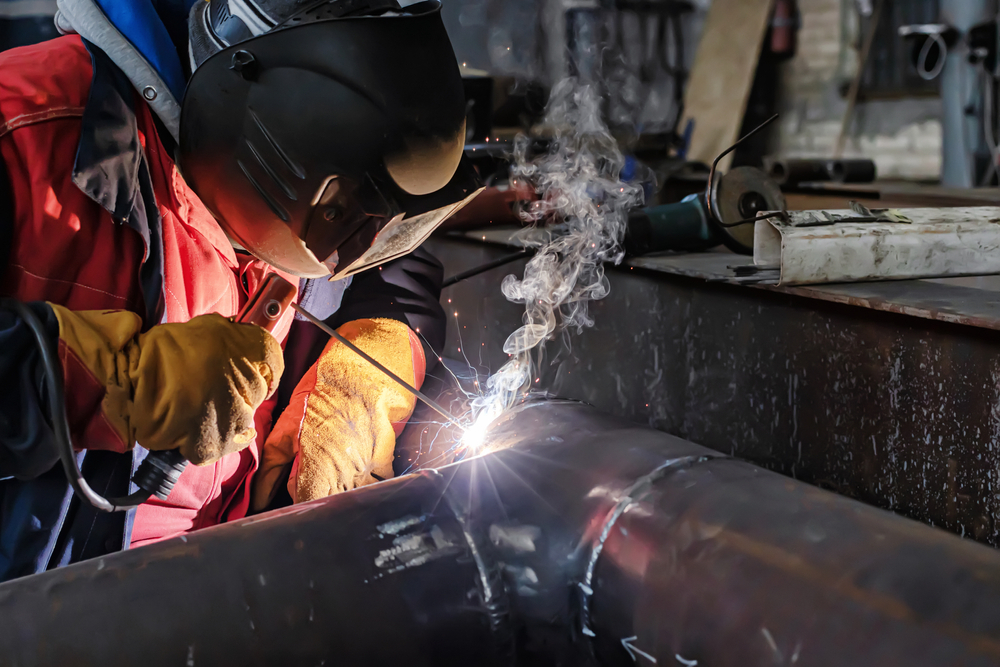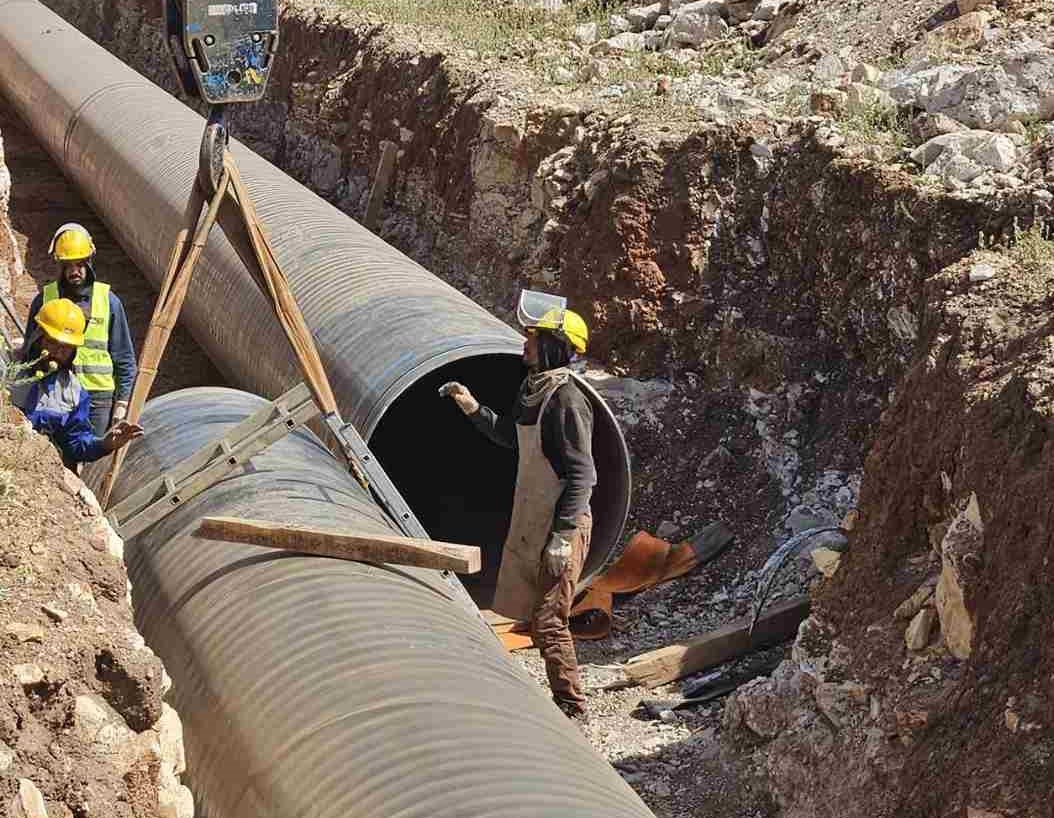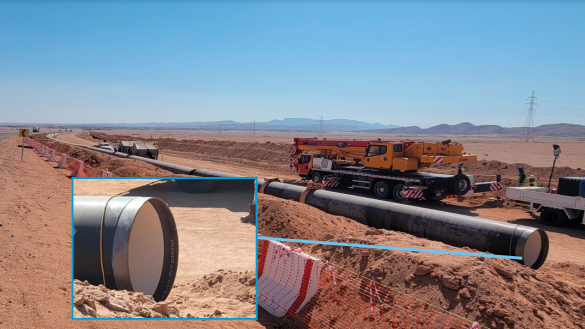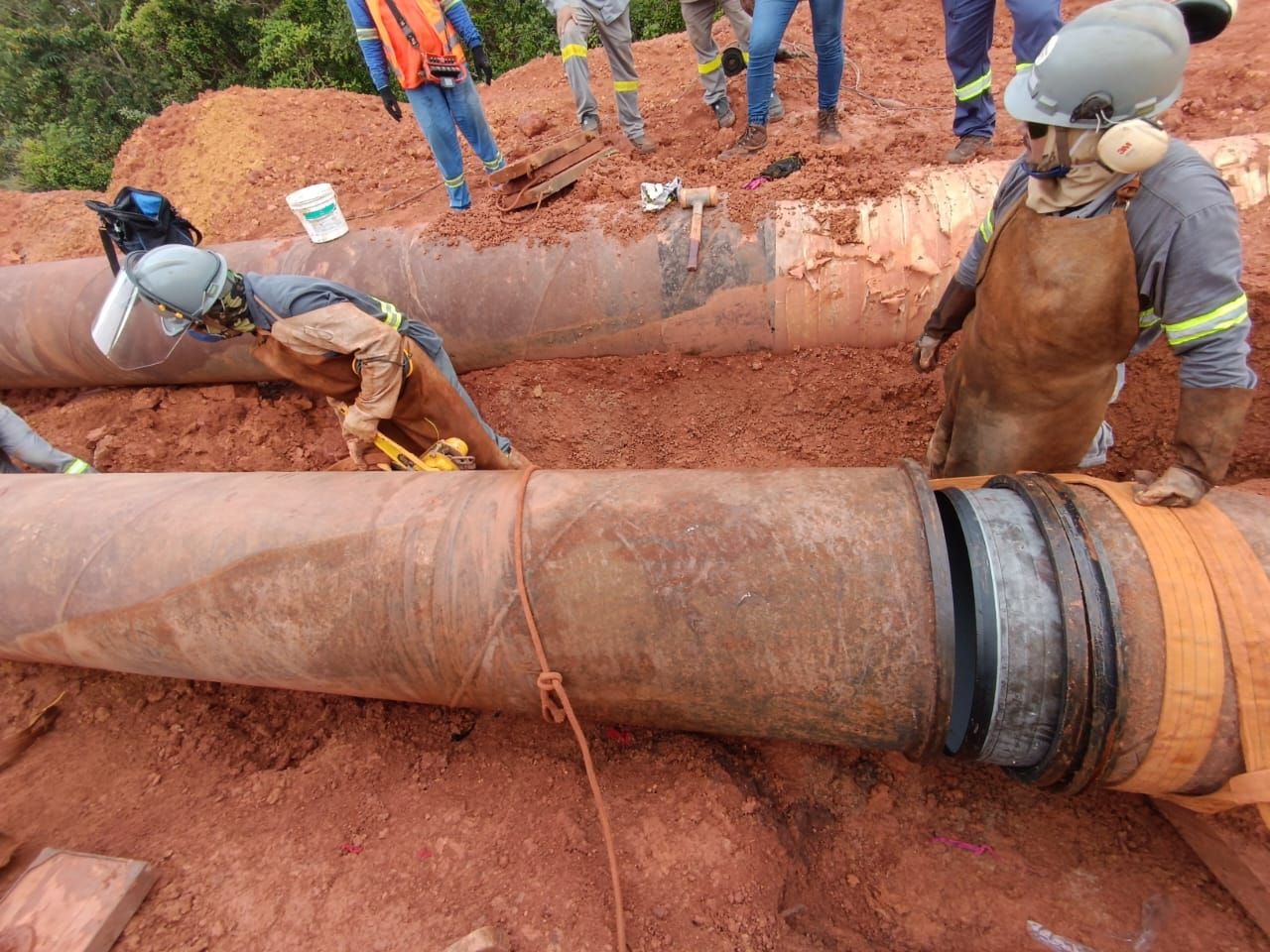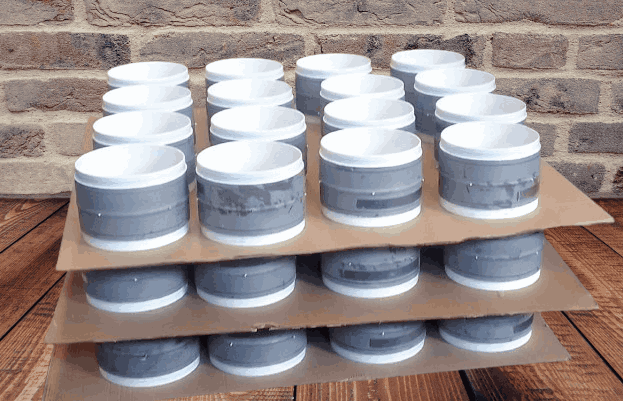Most welders will have heard of the terms “groove weld” and “girth weld.” However, many differences between girth weld and groove weld may take time to be apparent. These differences can make all the difference in your welding project’s quality, strength, and longevity.
In this article, we’ll explore those differences so you can make a more informed decision when choosing a method for joining pipes together.
What Is Girth Weld Joint?
A girth welding is the type of weld used when making pipe and tube products. It’s an integral part of spiral welding, one of the most popular methods manufacturers worldwide use to produce these goods.
Girth weld field installation often used to connect pipe sections during manufacturing, but they can also be applied after a completed pipe has been manufactured. A girth weld aims to ensure that a joint between two sections of pipe remains strong and reliable so that it doesn’t fail under pressure or stress.
Types of Girth Weld
- Vertical Circumferential Seam
The vertical circumferential seam is a common method of joining two pipe ends. This type of weld is done in a vertical position, and the weld beads are perpendicular to the axis of the pipe. This is done by rotating the pipe as one bead is laid onto another.
The weld beads form a circular groove around the pipe, allowing full penetration into the material. This type of joint is often used as a secondary seal for hydrocarbon pipelines because it can be easily inspected for defects.
- Horizontal Girth Seam
The horizontal girth seam is another method of joining two pipe ends together. The seam is laid horizontally along an axis, allowing for easier inspection of defects than other methods.
A vertical circumferential seam can also be laid horizontally, giving it advantages over other methods, such as greater strength, less stress on welds, and better fatigue resistance.
Applications of Girth Weld
Girth welds are used in the manufacture of many products and equipment. The following are some examples:
- Tanks And Pressure Vessels
Steel girth welds are used in many products, including tanks and pressure vessels. These may be made of carbon steel or stainless steel. The strength of a girth weld depends on the thickness of the plate being welded, the type and size of wire used to make it, and the method used to heat treat it after welding.
- Structural Joints
Girth welds can join two pieces of metal with overlapping flanges or ribs to form a structural joint, such as a bridge girder or a boat hull. They are also used to join two tubes together at their ends so that they bend them into different shapes without breaking apart.
What Is A Groove Weld?
A groove weld is a type of weld used to join two pipes. They are commonly used when joining pipes of different diameters or when joining a pipe with an irregular shape to another part. Groove welds can be performed quickly and easily without needing any special equipment.
A groove weld involves creating a groove in the metal using a rotation tool, then filling it with molten metal using an arc welder. This allows for quick and easy welding, with minimal need for additional tools or equipment beyond what you already use regularly.
Types OF Groove Weld
Groove welds are classified by the number of V-shaped grooves formed in the joint face. The number and shape of these grooves determine how much material must be removed from each side of the joint face to make it flat enough to allow welding.
- Single V Groove
The most common type of groove weld is a single V groove, where a single groove is formed on both sides of the joint face. This type of groove weld is often used for joining thinner materials, such as sheet steel up to about 0.5 inches thick.
- Double V Groove
Double V groove welds have two grooves on each side of the joint face, forming a U-shape rather than a V-shape when viewed from above.
Double V groove welds can be used for thicker materials than single V groove welds because they require less material removal from both sides of the joint face before welding can occur.
Applications Of Groove Weld
Groove welds have several different applications, including:
Construction – Construction industries such as building, roadwork, and bridges use grooves to join various materials. Some examples include concrete connections, steel rebar and vinyl siding installation.
Maintenance – Groove welds are commonly used to repair damaged or broken parts on vehicles, machinery and equipment.
Repair – Groove welds are also used in home repairs, such as fixing broken appliances or electronics and repairing damaged walls from water leaks or fire damage.
Difference Between Girth Weld And Groove Weld
A girth weld is a type of weld used to join two pipes. Girth welding is performed by placing the two pipes in a clamp and passing an electric current through them. This causes the heated metal to melt, which flows over the edges of both pipes and solidifies into one continuous piece.
Groove weld, on the other hand, involves joining two plates by overlapping them and passing an electric current through them while they’re clamped together. Groove welding requires more skill than girth welding because it requires that you keep your hands steady to ensure that both sheets are welded evenly at all times.
Conclusion
When trying to decide which type of weld is the best option for your project, it’s important to understand what each type entails and what applications they are best suited for. Groove welds are a great option if you need a strong weld that will last longer than most other types. Girth welds make it easier to achieve consistent outcomes when creating many products, such as pipes or containers with smooth surfaces on both sides.
If you have any questions about which type of weld would work best in your particular application, please get in touch with us today!

